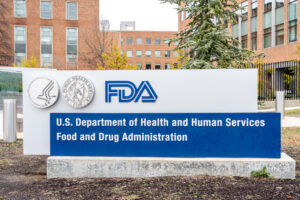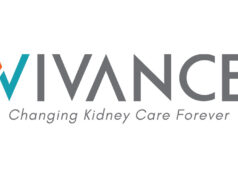
![]() The US Food and Drug Administration (FDA) has issued a statement outlining measures to enhance protections against medical device shortages.
The US Food and Drug Administration (FDA) has issued a statement outlining measures to enhance protections against medical device shortages.
According to Michelle Tarver, director of the FDA’s Center for Devices and Radiological Health (CDRH), supply chain disruptions—often caused by natural disasters, limited production capacities for specialised devices, or manufacturing and quality issues—pose the greatest threat to device availability. Tarver warned that as the global regulatory environment evolves, the USA might risk falling behind in ensuring device availability to protect patients.
On January 10, 2025, new European Union (EU) regulations came into effect, requiring medical device manufacturers to notify authorities about any anticipated supply shortages at least six months in advance. Tarver remarked, “Now, the European Commission and member countries will have access to vital information about medical device shortages that could impact their population. In contrast, there are no mandatory reporting requirements for potential medical device shortages in the USA except, as required, during or in advance of a public health emergency.”
To address this gap, the FDA is seeking new statutory authority to amend Section 506J of the Coronavirus Aid, Relief, and Economic Security Act (CARES Act)—which was passed in 2020 to address the economic impact of the pandemic—by removing the current limitation that ties device shortage reporting to public health emergencies. The FDA is also advocating for increased funding to support the CDRH Supply Chain Program, which works to identify and mitigate device shortage issues.
“These changes are essential for enabling proactive responses to prevent supply chain disruptions before they impact patient care, and the future of our healthcare system. In recent years, congress has provided resources to support CDRH’s efforts to respond to supply chain disruptions, and while these resources have been helpful, additional funding will be needed to sustain and enhance our abilities to help identify, prevent, and mitigate shortages,” Tarver explained.
Without comparable transparency in the USA, the EU’s new regulations provide critical information to healthcare providers, giving them the opportunity to act in advance to mitigate device shortages. In contrast, Tarver noted that US hospitals and healthcare systems are left “ill-prepared to address shortages, forcing them to rely on unpredictable or ad-hoc solutions.”
Tarver emphasised that safeguarding patients, particularly neonates and children, during medical device shortages is crucial. “When shortages arise, there are few options that may accommodate children—compelling clinicians to adapt adult-sized equipment, which can lead to suboptimal outcomes and increased risks for patient safety,” she said.
In conclusion, Tarver reaffirmed the FDA’s commitment to collaborating with relevant authorities to strengthen the domestic supply chain and address vulnerabilities. “Together, the FDA, healthcare providers, patients, hospitals, and congress can work to ensure that paediatric and other patient populations receive the care they need without interruption,” she said.










